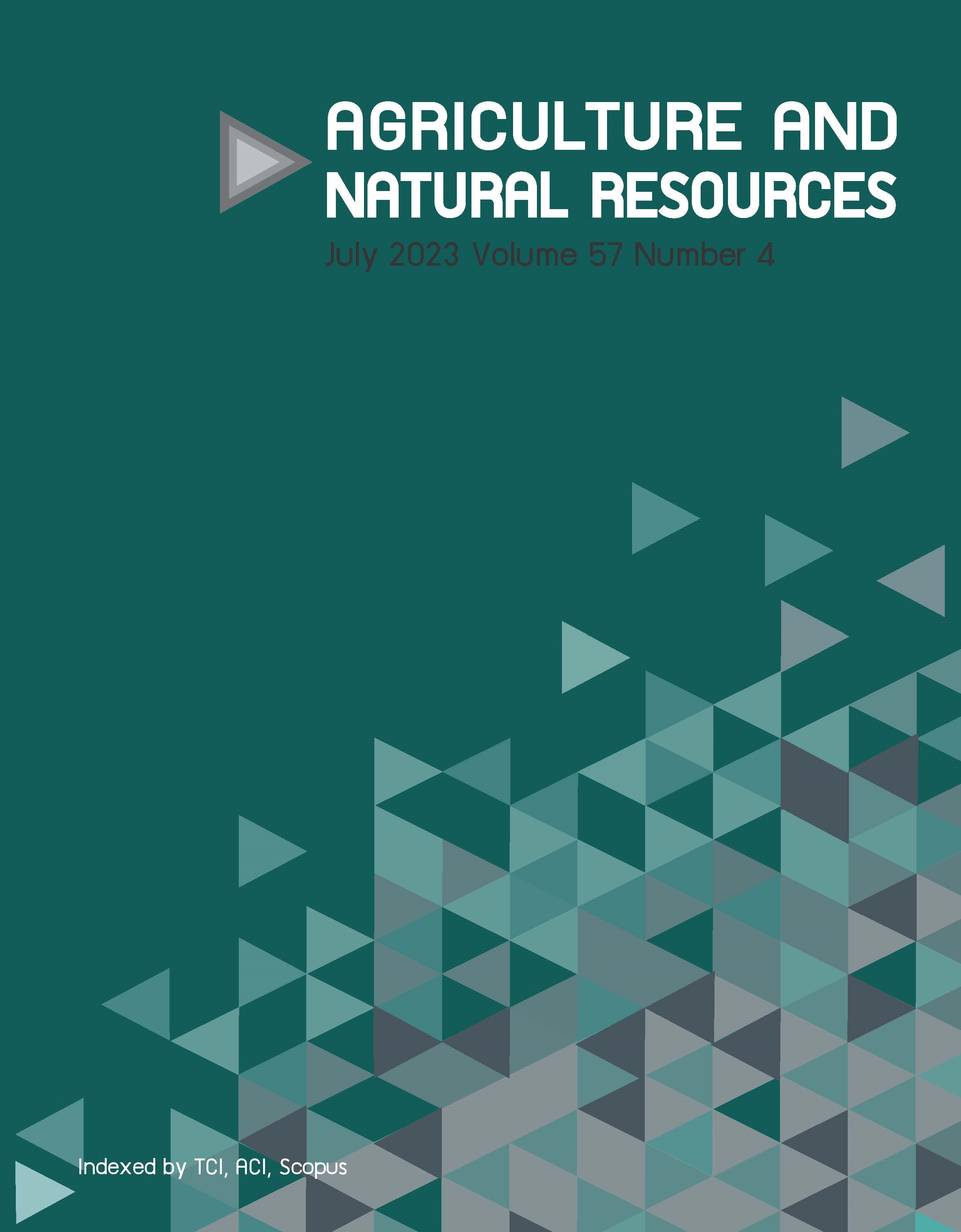Chitosan and probiotic bacteria promotion of yield, post-harvest qualities, antioxidant attributes and shelf life of broccoli heads
Keywords:
Antioxidant activity, Chitosan and Paraburkholderia, Yield and quality, Shelf life, VegetablesAbstract
Importance of the work: Vegetables, such as broccoli, contain considerable amounts of healthpromoting phytochemicals, nutrients and vitamins. Chitosan and probiotic bacteria are natural growth-enhancing agents for safely increasing production.
Objectives: To investigate the effect of chitosan and probiotics on the growth, yield and bioactive properties of broccoli.
Materials & Methods: Besides the control treatment, chitosan at 50 parts per million (ppm), 75 ppm, 100 ppm and 125 ppm and Paraburkholderia bacteria at 1.5×109 colony forming units/mL singly and in combination with each of the chitosan doses were applied twice (at 20 d and 40 d after transplanting) during the 2020–2021 season. The experiment was conducted in a randomized complete block design.
Results: Significantly maximum total phenols (391.71 mg gallic acid equivalents/100 g), flavonoids (0.66 mg quercetin/100 g), β-carotene (54.44 international units/100 g), ascorbic acid (52.77 mg/100 g) and total antioxidant activity (2,2-diphenyl-1-picrylhydrazyl; 74.36%) of broccoli were recorded in the chitosan at 100 ppm + Paraburkholderia treatment. The broccoli florets of that treatment had the highest dry matter (9.20%) and non-reducing sugar (1.43%) contents and the maximum shelf life of 7.33 d. However, the total sugar (5.30%) and reducing sugar (4.00%) contents were the greatest for the chitosan at 125 ppm + bacteria treatment. Furthermore, a yield increment of 31.00% over the control was observed in the chitosan at 100 ppm + Paraburkholderia treatment following superior shoot and root growth. A superior leaf chlorophyll content (0.44 mg/100 g) was measured in the same treatment.
Main finding: Shrimp shell chitosan and Paraburkholderia probiotic bacteria had a significant influence on plant growth, floret yield and the functional constituents of broccoli.
Downloads
Published
How to Cite
Issue
Section
License
Copyright (c) 2023 Kasetsart University

This work is licensed under a Creative Commons Attribution-NonCommercial-NoDerivatives 4.0 International License.
online 2452-316X print 2468-1458/Copyright © 2022. This is an open access article under the CC BY-NC-ND license (http://creativecommons.org/licenses/by-nc-nd/4.0/),
production and hosting by Kasetsart University of Research and Development Institute on behalf of Kasetsart University.





